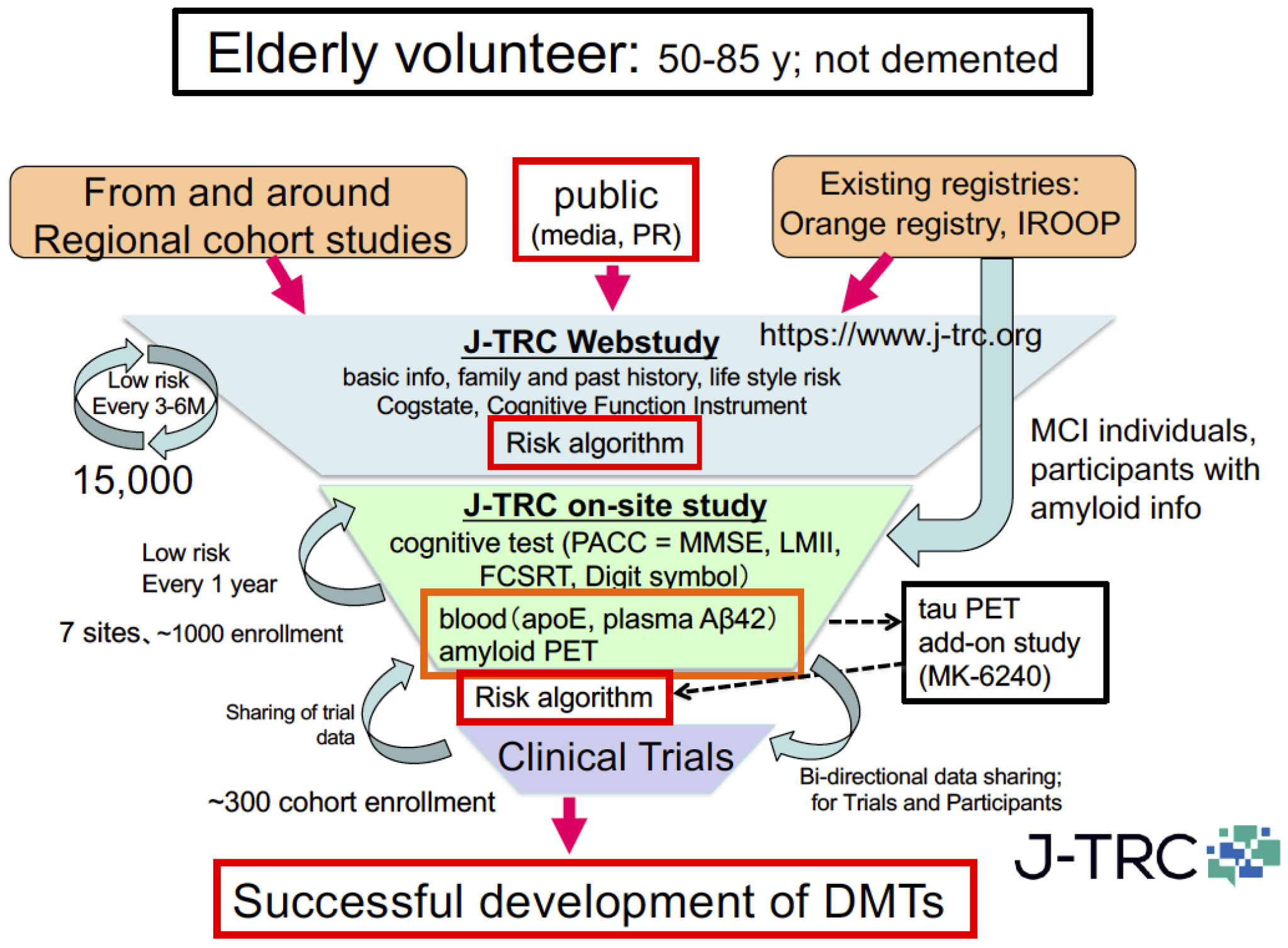From: Molecular Pathogenesis and Disease-modifying Therapies of Alzheimer’s Disease and Related Disorders
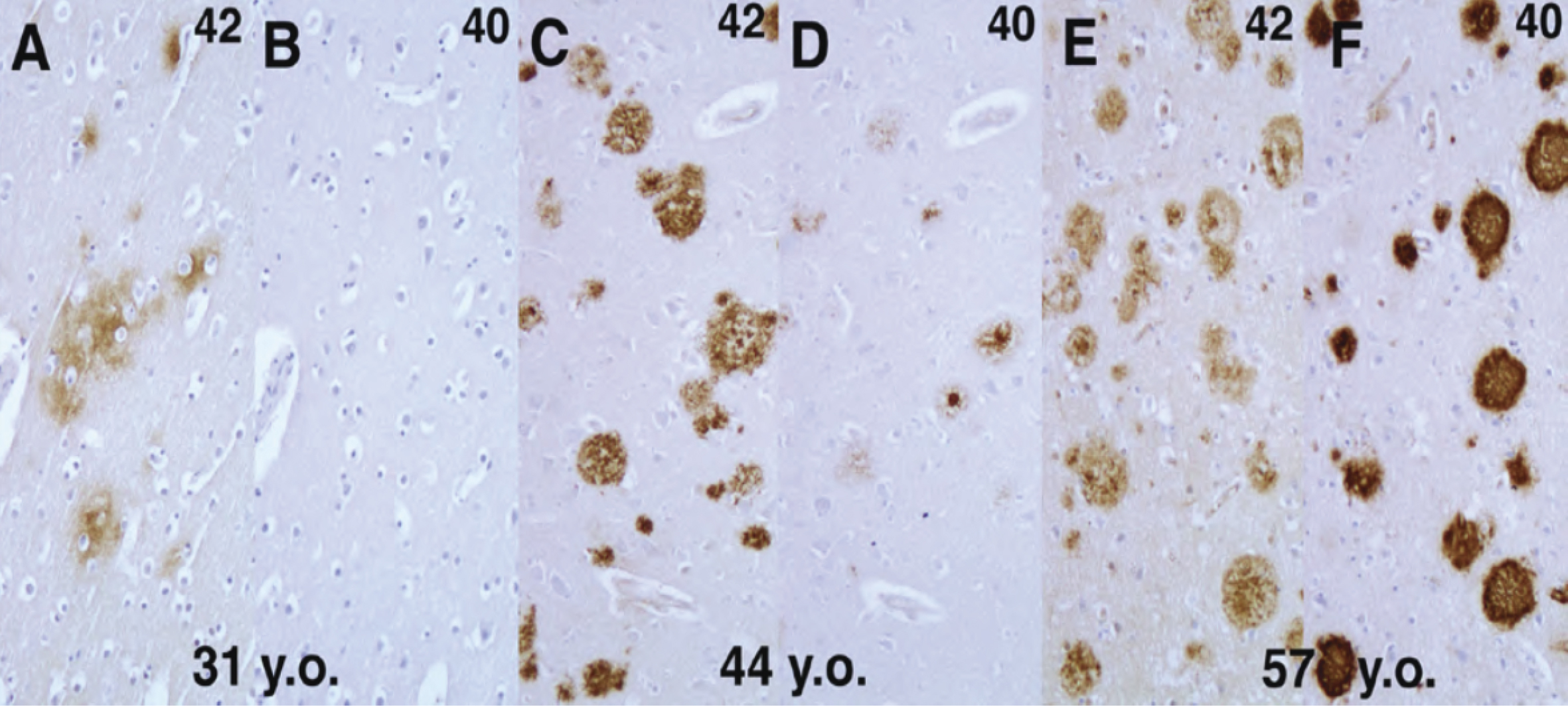
From: Molecular Pathogenesis and Disease-modifying Therapies of Alzheimer’s Disease and Related Disorders
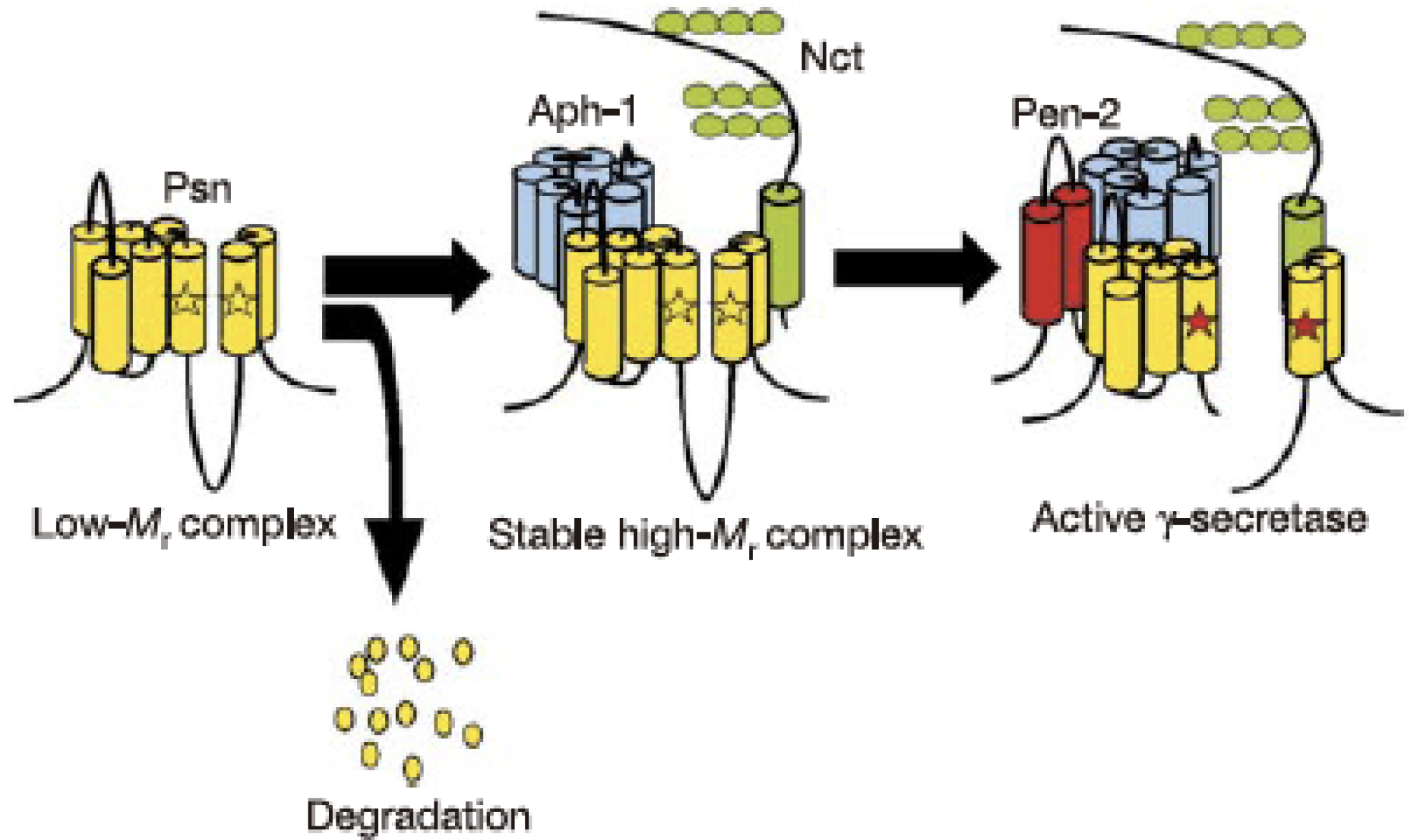
From: Molecular Pathogenesis and Disease-modifying Therapies of Alzheimer’s Disease and Related Disorders
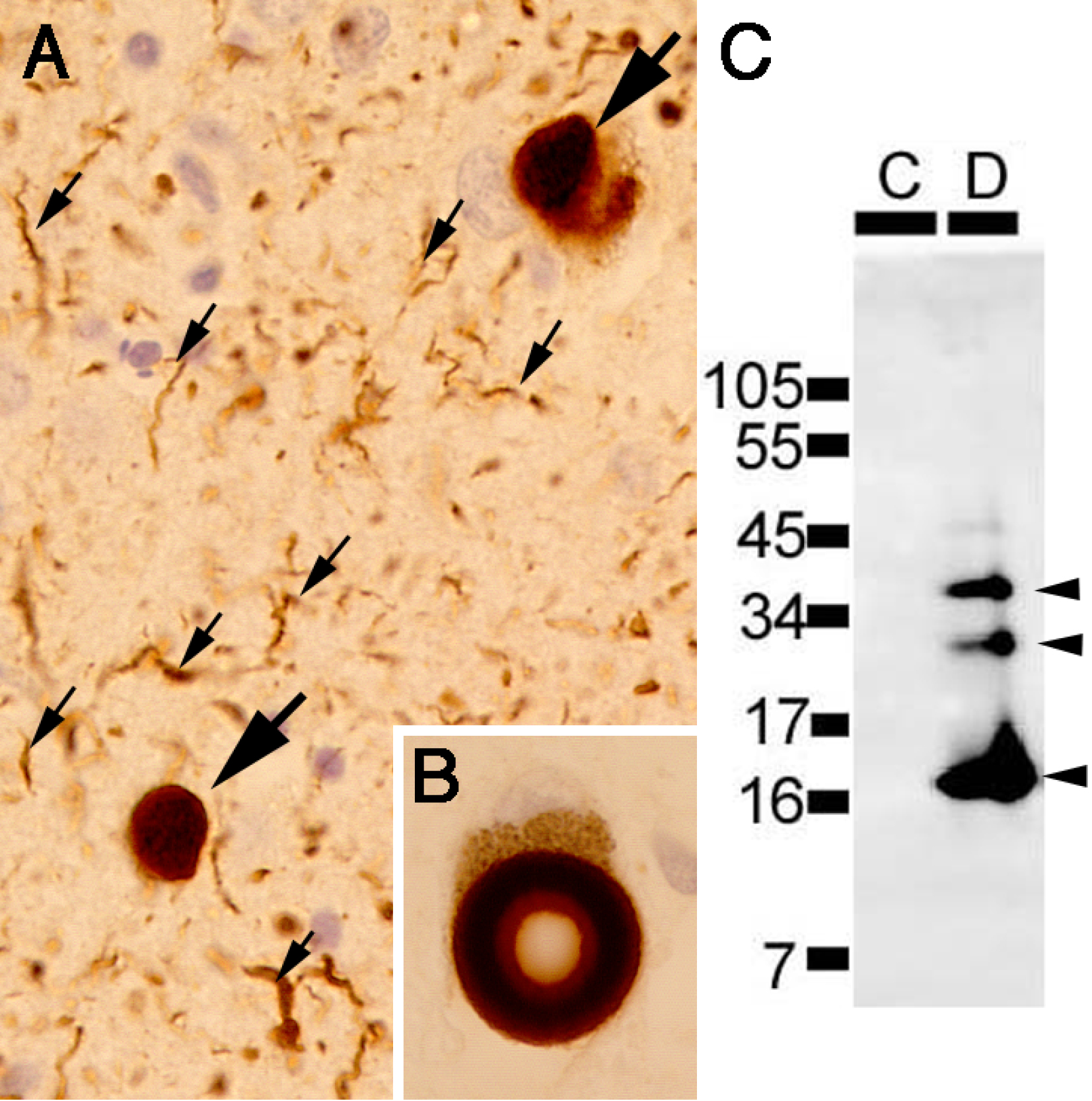
From: Molecular Pathogenesis and Disease-modifying Therapies of Alzheimer’s Disease and Related Disorders
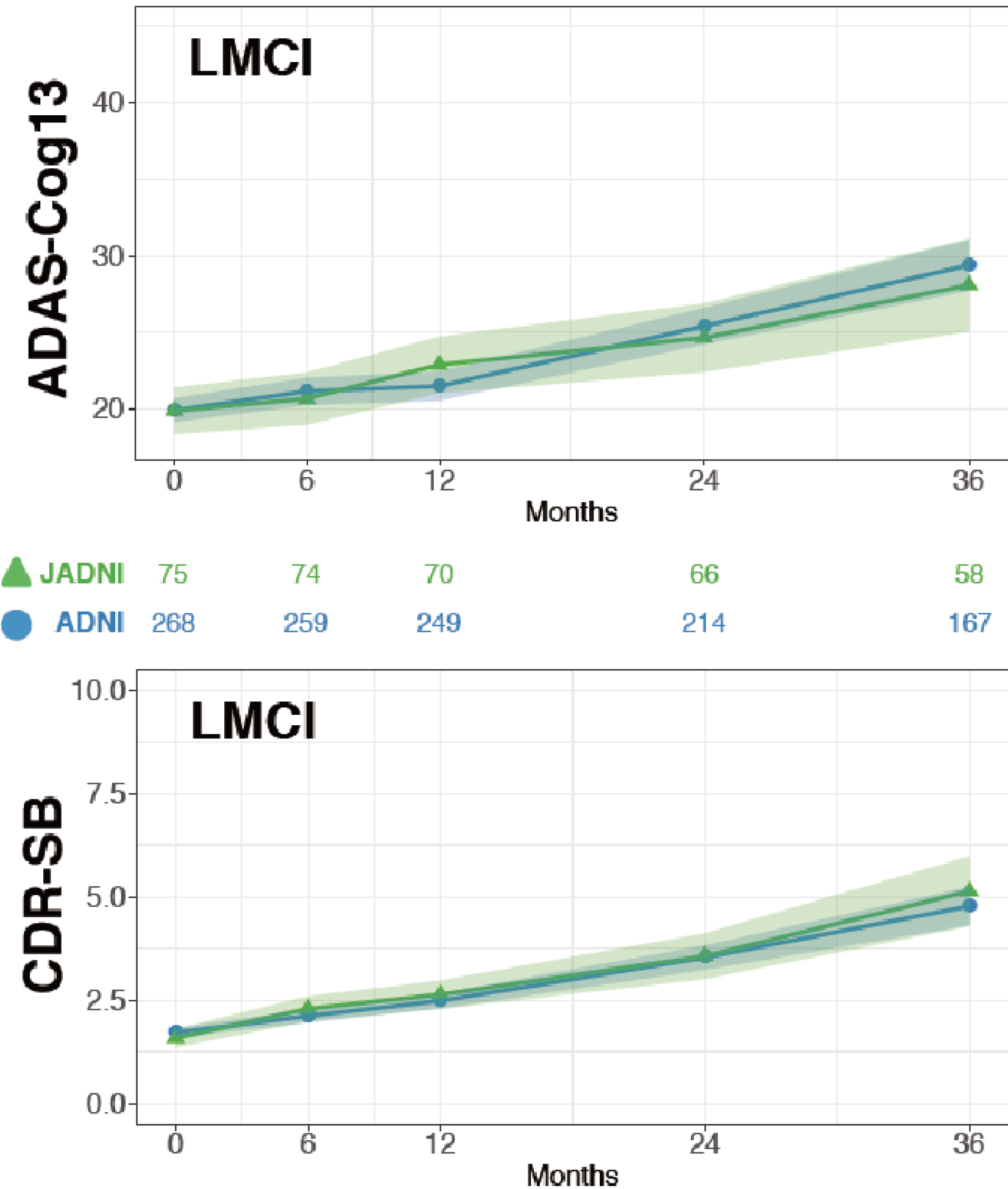
From: Molecular Pathogenesis and Disease-modifying Therapies of Alzheimer’s Disease and Related Disorders
